As it was my first time ever in Vigan, I spent the first day walking the streets of the old district, just to soak in the “ambience,” whatever that means. After checking in at Villa Angela that early morning, having a typical Vigan longganisa breakfast (yum!), and doing the usual number two (I’m regular, like clockwork) in the spartan (to be polite about it) shared toilet facilities, I went down to the zaguan, got out via the main door on V. de los Reyes Street, and walked in the direction of the town center. Along the way, I saw houses such as this one:
and this:
Even at this early stage in this self-guided tour, one will notice that Vigan houses are unusually “uniform,” i.e., they share a number of characteristics that make them appear like they were all constructed by the same small group of “architects” (or their equivalent one hundred fifty or so or more years ago) and builders. The two photos above enable us to identify a few of the more obvious ones: (1) brick walls faced with plaster, (2) simple arched ground floor windows and doorways with keystones, and (3) second floor sliding capiz windows hung from outside the walls. This last feature is particularly interesting, as in just about everywhere else in the
Here’s another house that I passed by that has undergone some prudent replastering and whitewashing, such that one can no longer see the bricks that make up the walls.
Another obvious Vigan old house characteristic is that they are true “bahay-na-bato,” i.e., both ground and second floors have walls of stone (actually brick), unlike in most other parts of the Philippines where only the ground floor walls are of stone (usually adobe [volcanic tuff], where locally available) or brick, and the second floor walls are of wood. Of course, the actual floor of the second floor and the ceilings of both floors are of wood, as we will see throughout this visit.
The next house we passed seems to have just undergone a major renovation, which tastefully retained all the original features of Vigan houses and gave the entire structure a simple all-white paint job. Could this be how the typical Vigan house looked like when they were newly-constructed one and a half to two centuries or more ago?
Before we all hastily answer, “yes,” we ought to be reminded that a few people, even some old Vigan residents, have theorized that in fact Vigan houses were originally painted in bright colors, much like, for example, the Victorian-era “Painted Ladies” of
Moving closer to this last house, we walk up to the main door, and learn that it has a name: Casa Caridad, built in 1872.
I’m guessing that, just like “Villa Angela,” this is a recently-applied monicker, as Filipino ancestral houses, unlike many Western examples, did not originally have names. And even “Villa Angela” and “Casa Caridad” sound so tame and bland compared to, say, “Wuthering Heights,” or “Thrushcross Grange,” to take just two literary examples. How would you name your own house, if you had the opportunity (and the gumption) to do so?
Our first real akyat-bahay stop was the Crisologo House, now a museum that houses the mementoes and personal collections of the members of the eponymous Ilocano political family. The zaguan contains, among other things, a horse-drawn passenger carriage.
Going up to the second floor, one is welcomed by a wide balustraded staircase, above which hangs what appears to be a print of Christ with a Holy Woman – possibly Mary the sister of Martha and Lazarus, or Mary Magdalene, or the Samaritan Woman. And on your way down, you will be prudently asked by the hand-printed sign in the very center of this next photo to “Please be careful – stairs are slippery.”
Actually it’s not so much that they are slippery that makes it slightly unsafe to go up and down these Vigan house staircases. Rather, it’s that they are all so steep – like going up near-vertical ladders really. Exacerbating the problem is that they also have very shallow treads – a real problem for people with large feet like me. (And you remember what they say about people with large feet – that they also have big…shoes.) I guess 18th and 19th century Bigueños (that’s what they’re supposed to be called) liked climbing a lot and had tiny feet besides.
The Crisologo living room is entered via these wide, though a bit short, double doors. I don’t know if this puka-shell-curtain-like doorway decoration is period-authentic, but there it is:
And by the window stands a life-sized antique processional image of the Crisologo family’s patron saint, San Vicente Ferrer, complete with metal wings.
As Saint Vincent Ferrer is also one of my name-saints, I can clarify that this Spanish Dominican friar (ca. 1350 – 1419) didn’t actually go around with wings when he was alive, or got transformed into an angel at some stage – the wings in devotional images of him are a metaphor for his observed ability to move quickly from place to place to preach and work miracles.
The same puka-shell-curtain-like decorations are hung from the doorway of the master bedroom:
This “public” dining room must have been used to receive and feed groups of political supporters and other “hangers-on.”
I like the fact that the
And they must have forgotten to label these unidentified objects (or maybe I just failed to include the labels in the shots):
This series of Vigan old-house tours hasn’t even gotten really interesting yet. Next, we continue walking the streets of the old district, and visit an iconic “book-referenced” Vigan house.
3 Comments
apacpaco wrote on Nov 4, '07
Hi - I love your site. You see a lot of pictures of Vigan from the outside but not usually from inside. Nice.
I would like to give you an insight on the "all-white Vigan houses" vs. the bright color theory. I grew up in Vigan. In the 70s, Imelda Marcos embarked on a project, i.e., she had all the colonial homes in Vigan painted white. To her credit, she saw the tourism potential of Vigan. And as someone who has traveled all over the world,it is believed that she attempted to copy one of the all white colonial towns in Spain. The truth is that before Vigan's houses became all-white, they were all painted in pastel colors much like the colonial homes one would find in colonial Mexico. If you look at the Spanish colonial history of the Philippines, you will note that there was a lot of trade between the Philippines and Mexico through Spain. In fact, Mexicans migrated to the Philippines and vice versa. Hence the Mexican influence on Vigan homes - except for the windows of course which is truly Filipino. I have been to Mexico several times - there are "some" colonial towns in Mexico that reminds me so much of Vigan. By the way, Casa Caridad is owned by Bonito Singson who is the brother of Chavit. Caridad is the name of Chavit's late mother. A few years ago, Bonito bought the house from our neighbor who was married to the original owner of the house who was Chinese (Ong). FPJ Jr used the house in some of his films pre-restoration. One of the houses featured in your column (in front of the Quema house) is now owned by Ronald Singson whom as you know is Chavit's son. The house used to be owned by an old Vigan family. I will not even touch this. But YES, Vigan houses used to be pastel-colored. You should explore more homes. |
rally65 wrote on Nov 4, '07
Thanks for your information, Paco. That's very interesting and helpful!
I have lots more Akyat-Bahay stories waiting to be written, but sadly my day-job gets in the way. Ha ha ha. Hopefully I can write at least a couple more before Christmas. |
antigualla wrote on Feb 19, '09
Hi Leo. The framed religious lithograph on canvass over the grand stair case is actually that of Our Lord and St. John the Evangelist, who ffrom a distance could easily be mistaken for a woman, because of his youthful looks and attendant long hair. It is a commemorative issue in 1933, to commemorate the 33rd International Eucharistic Congress, held in Manila in the same year. I have one of those myself. Regards
|
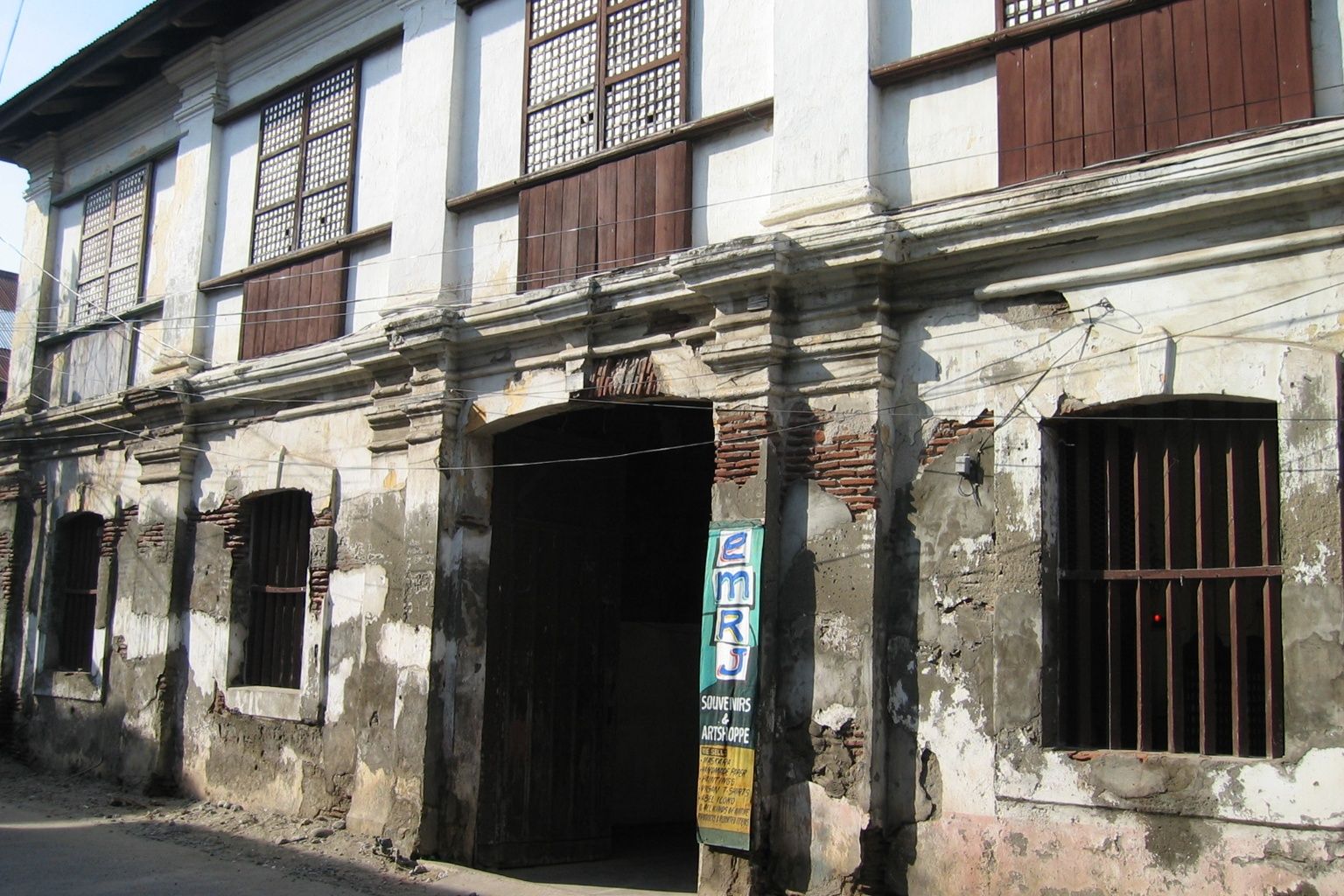
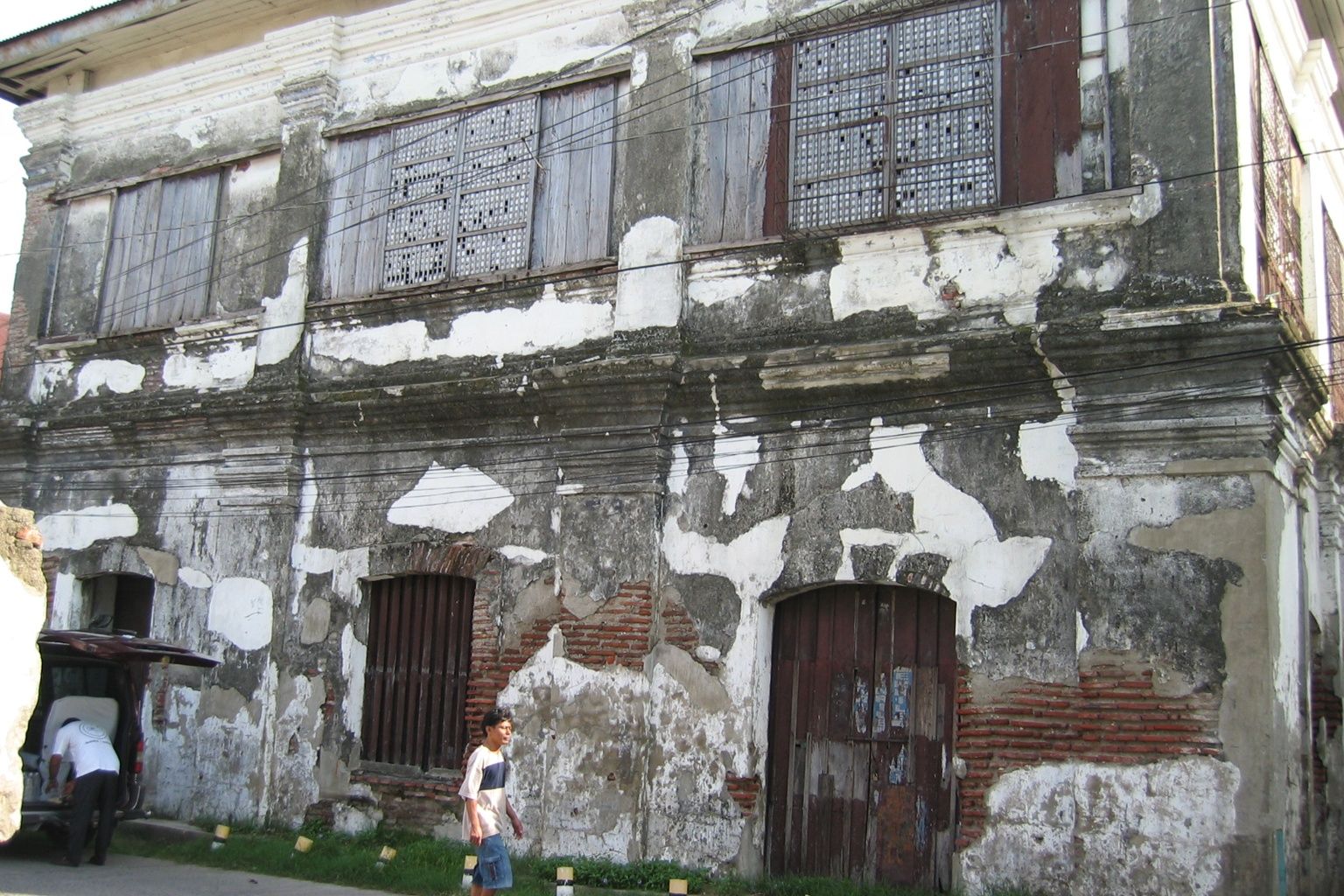
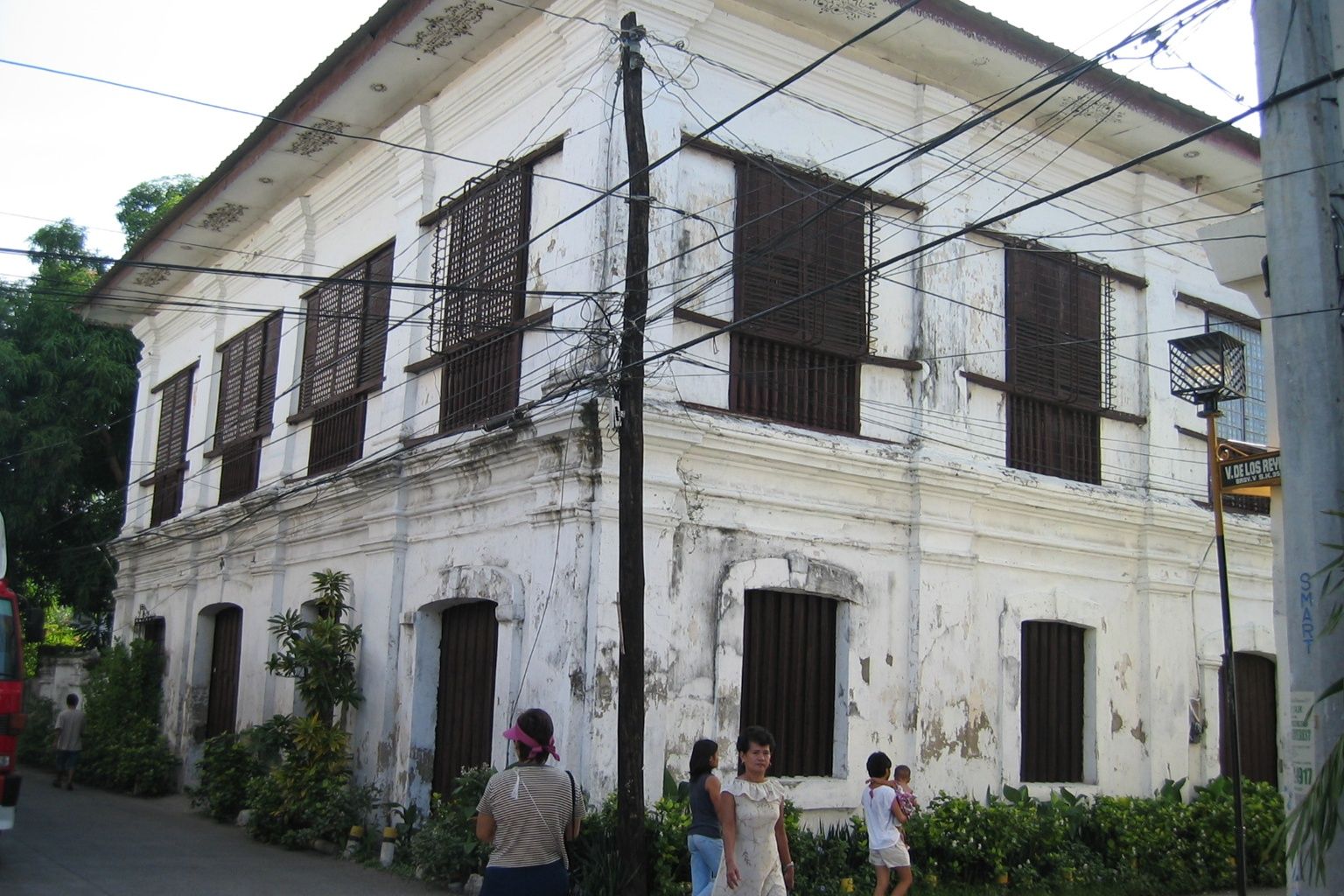
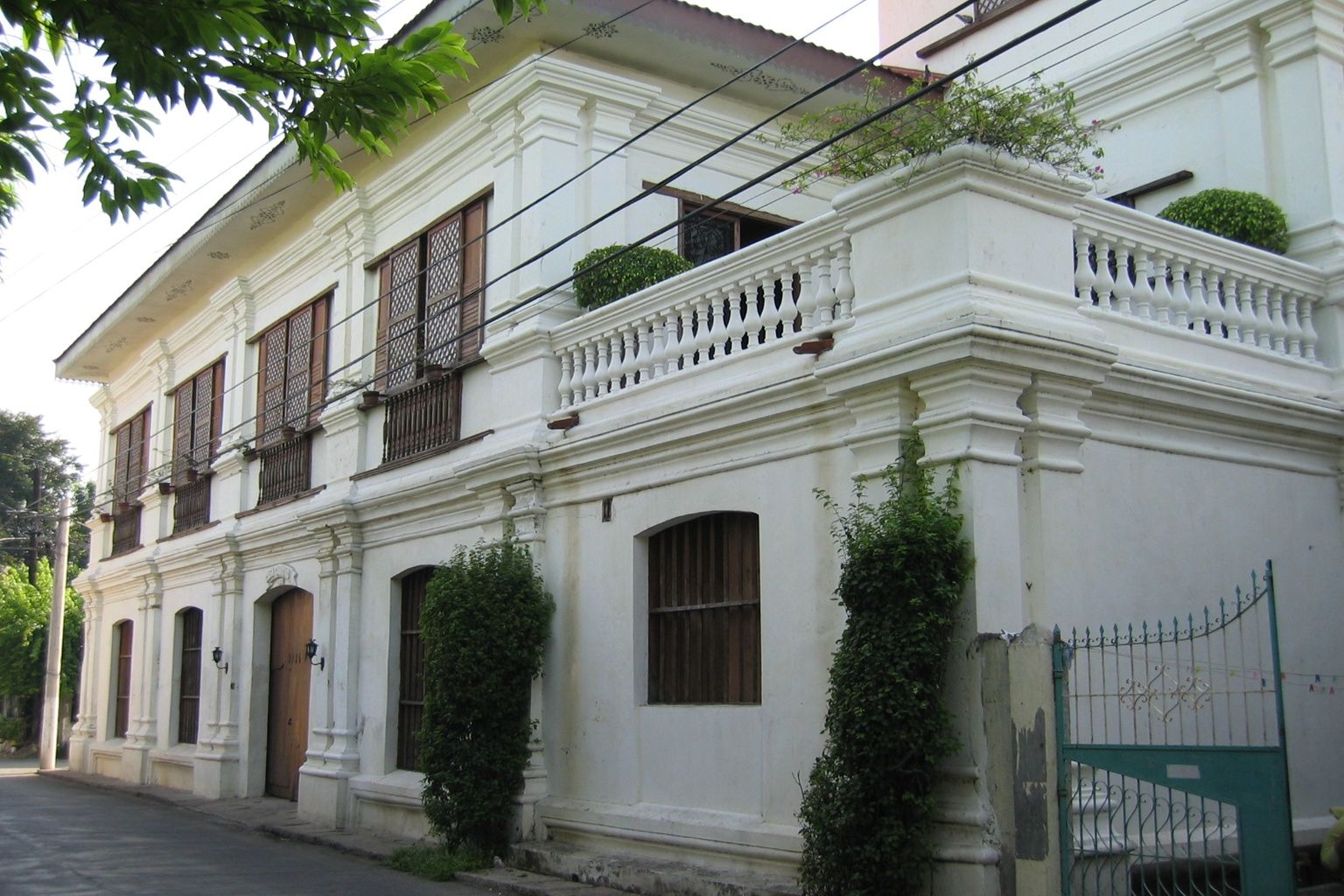
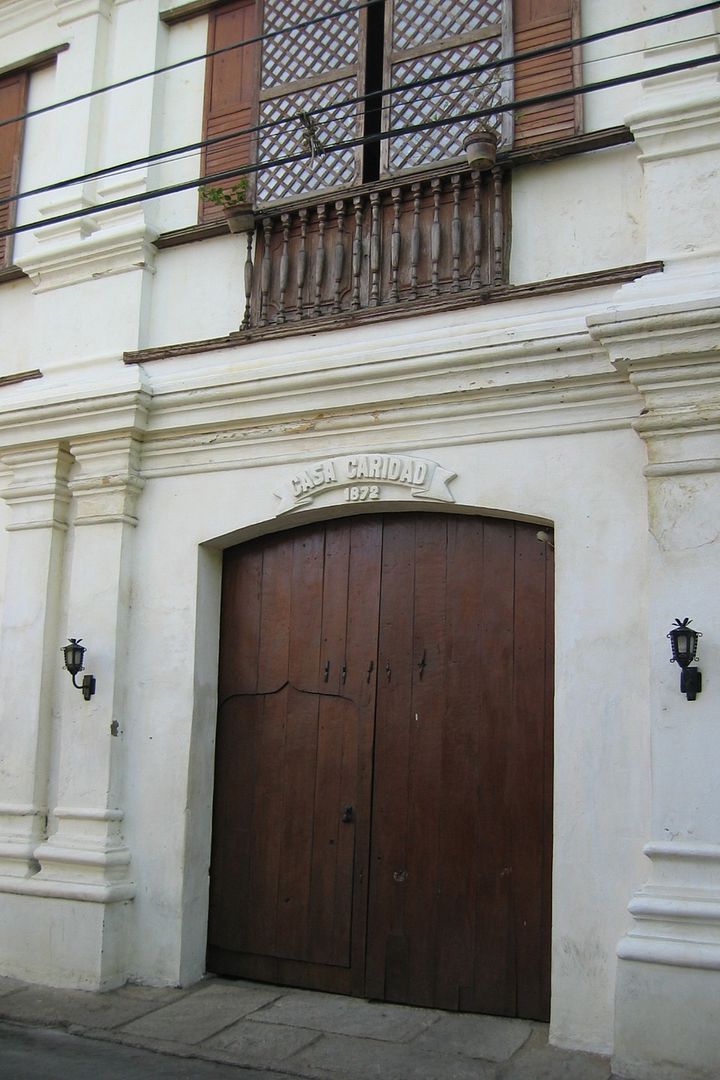
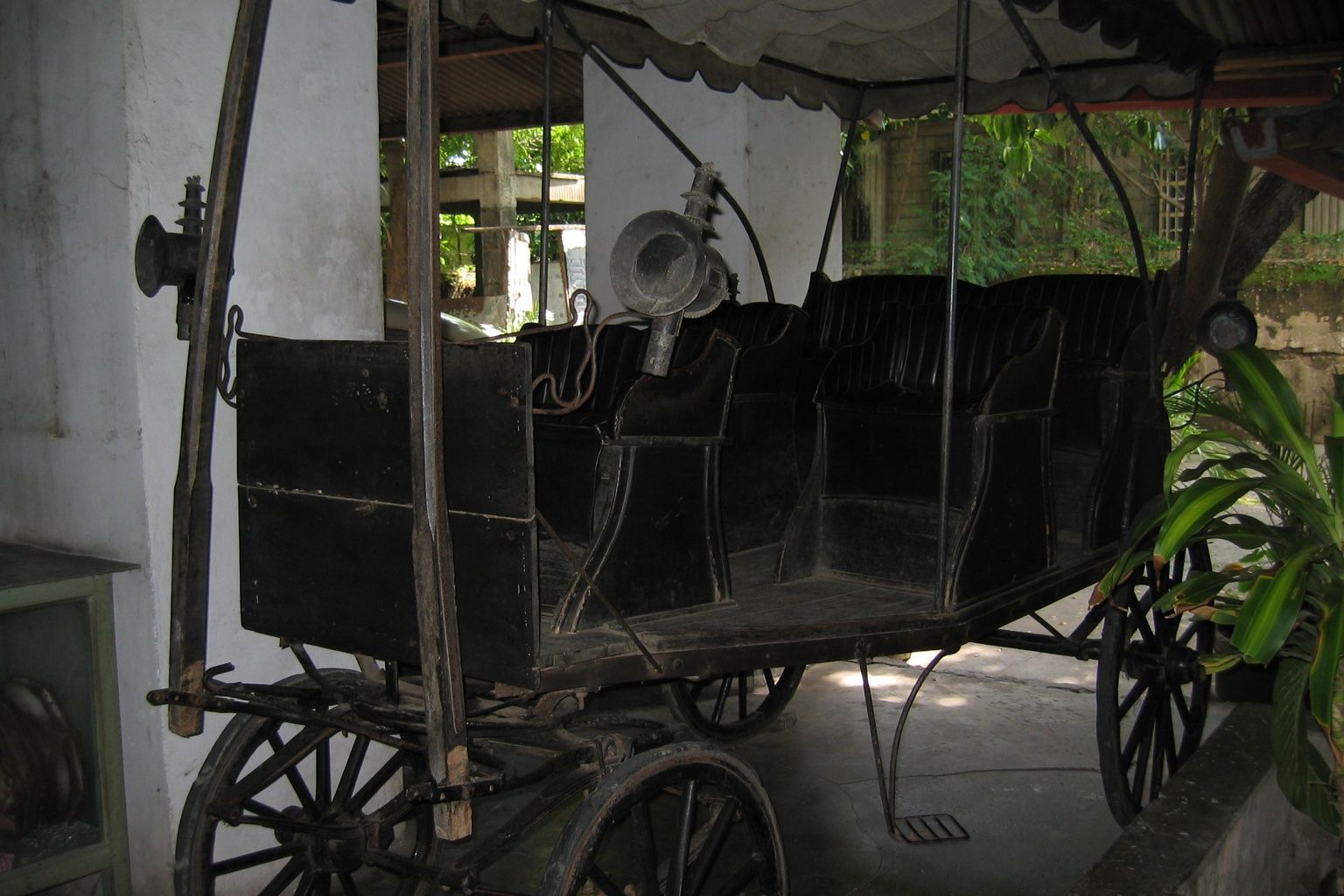
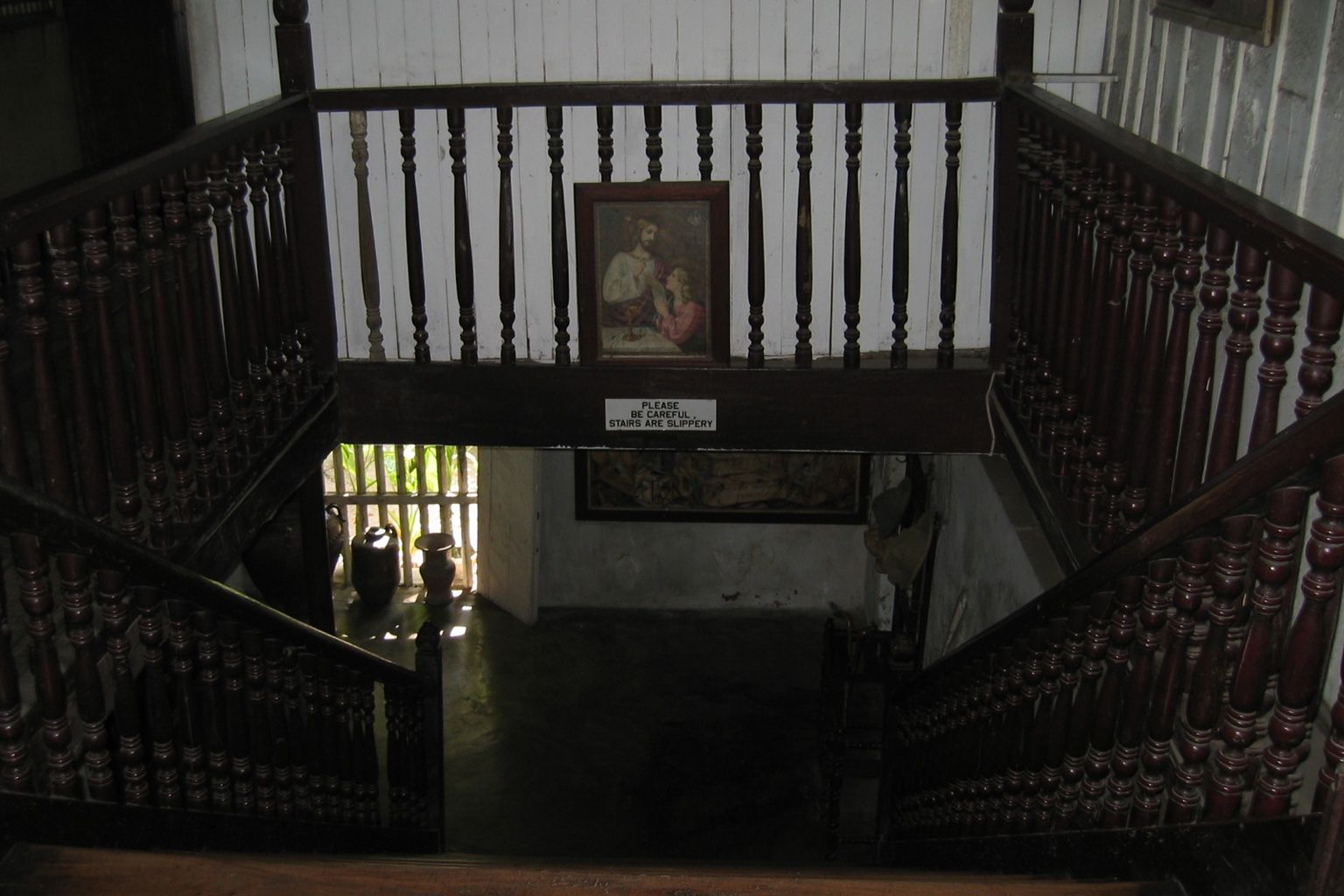
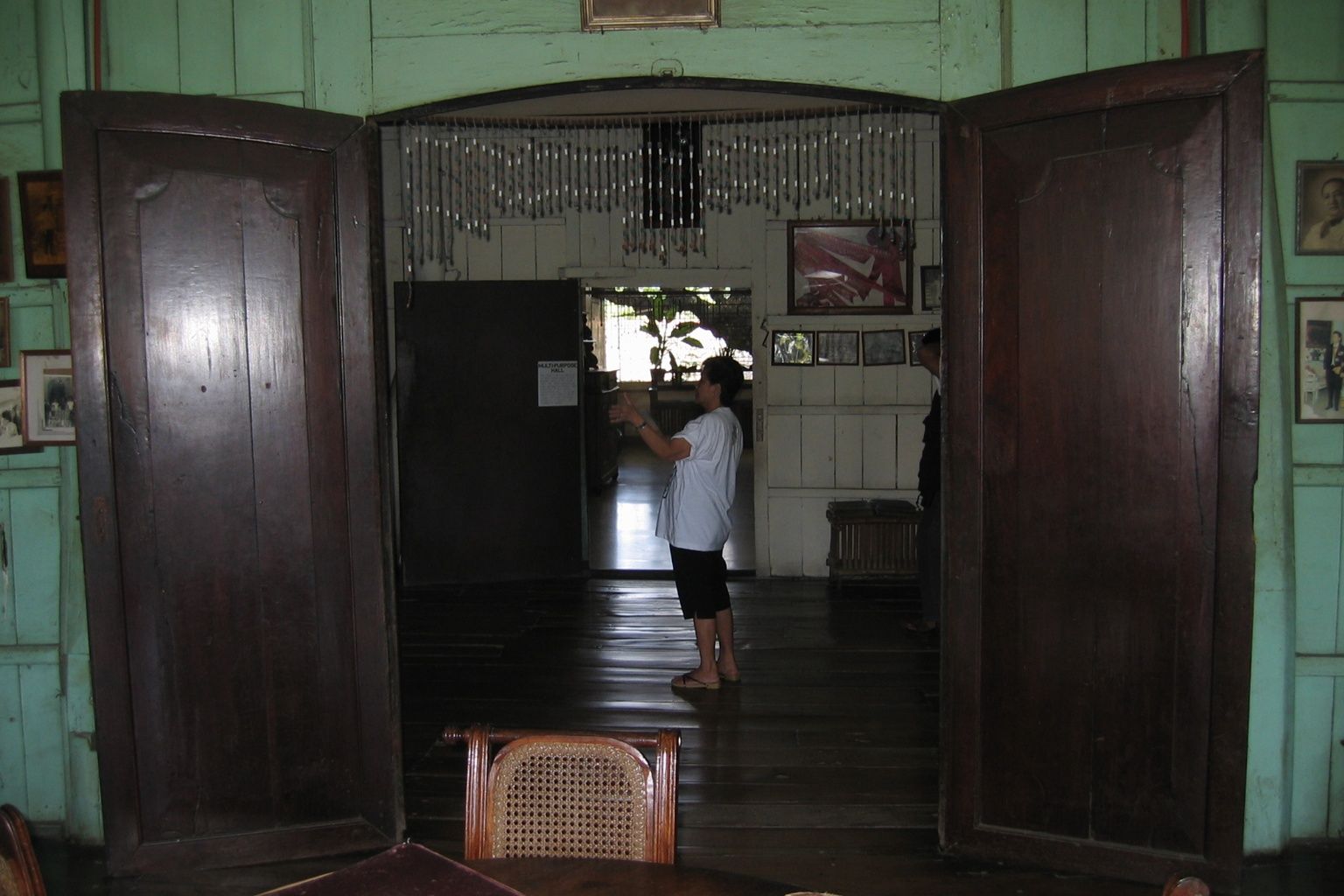


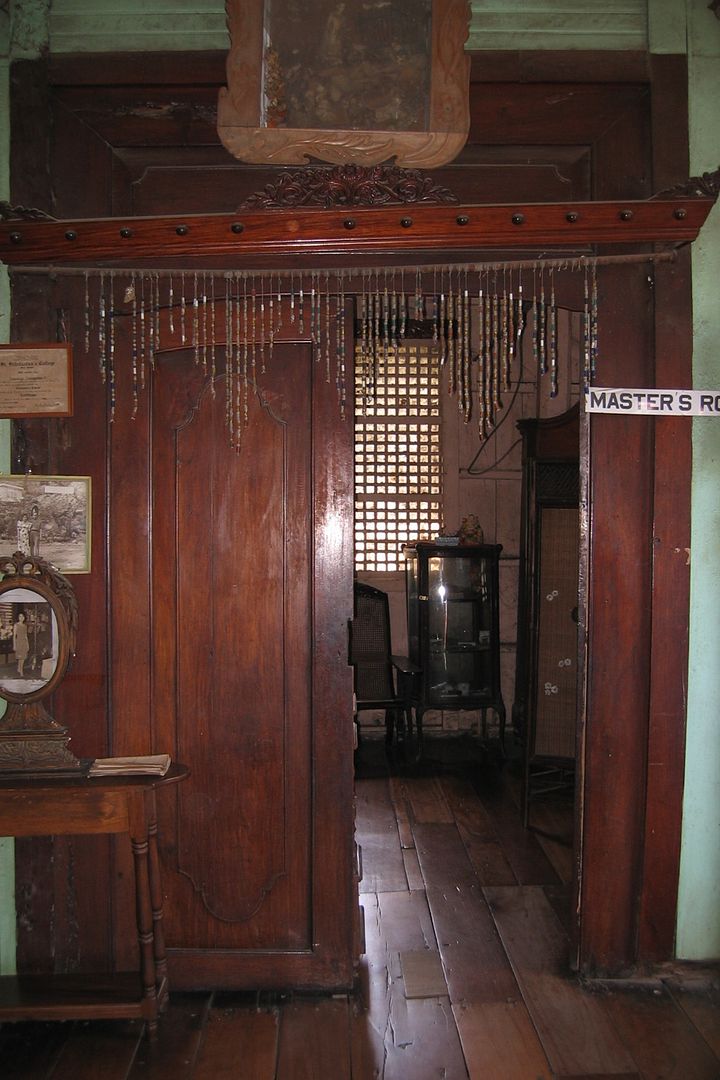
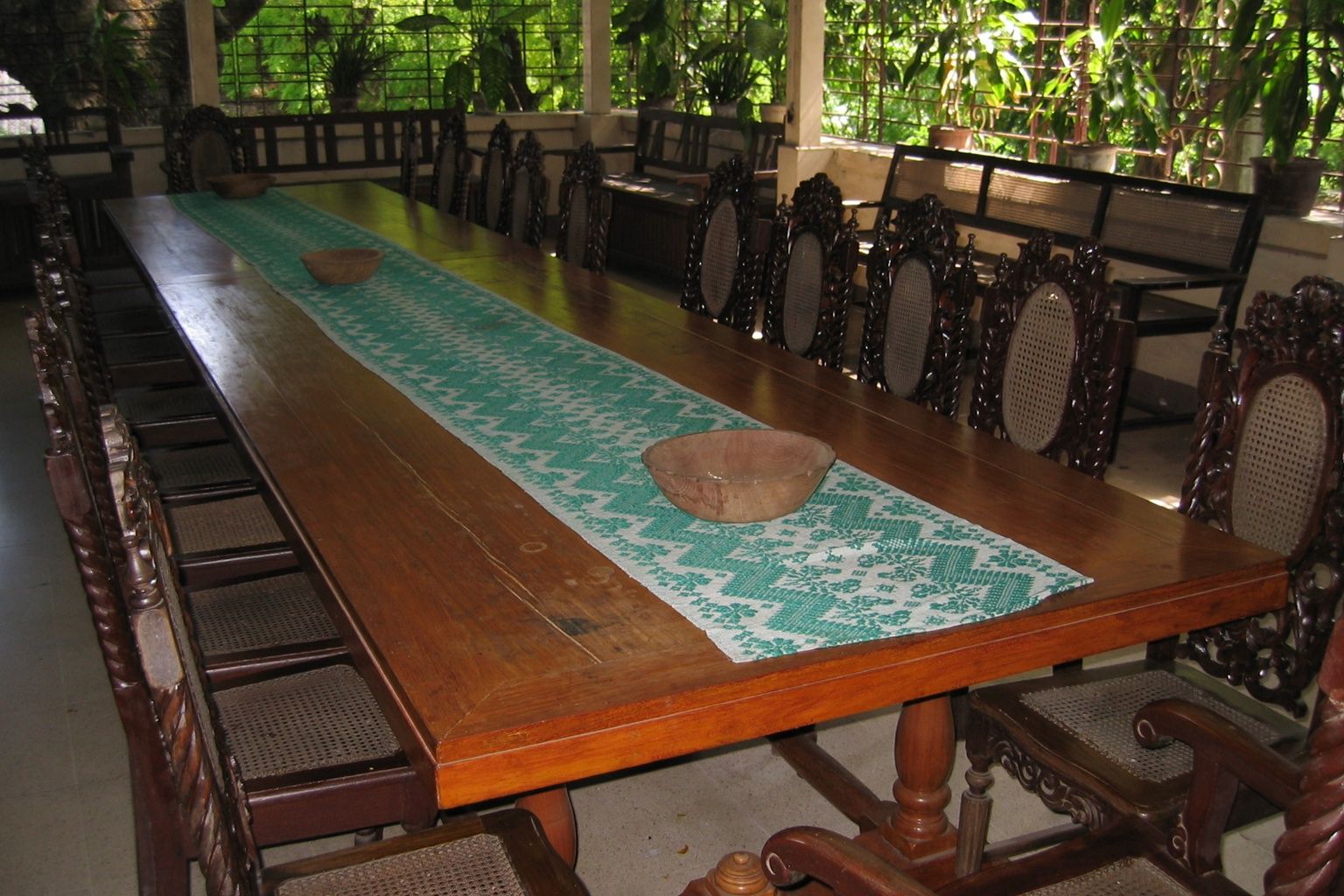
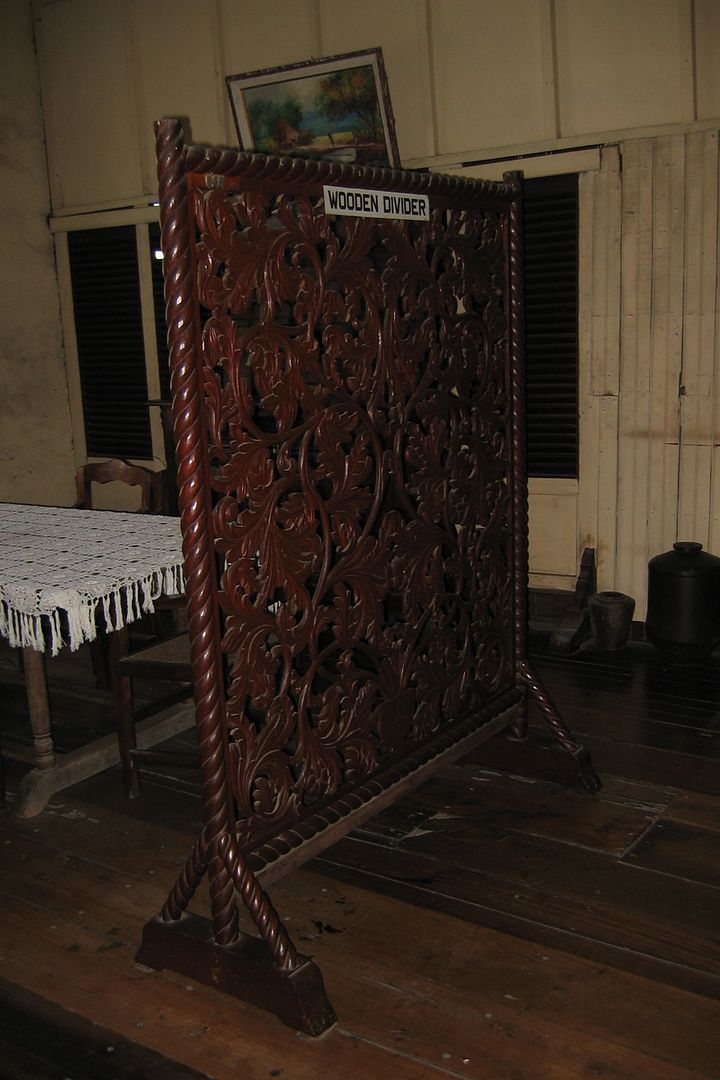
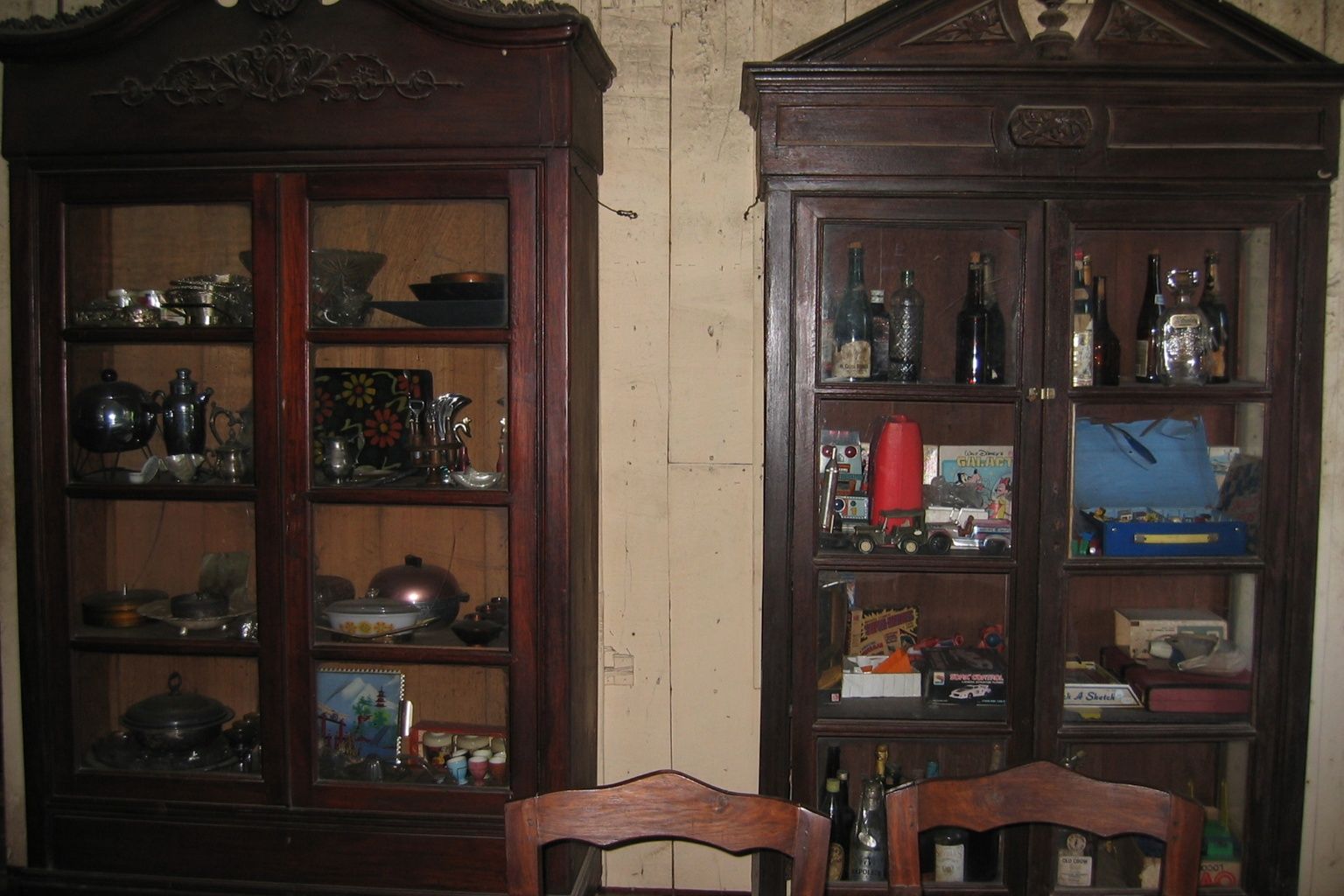
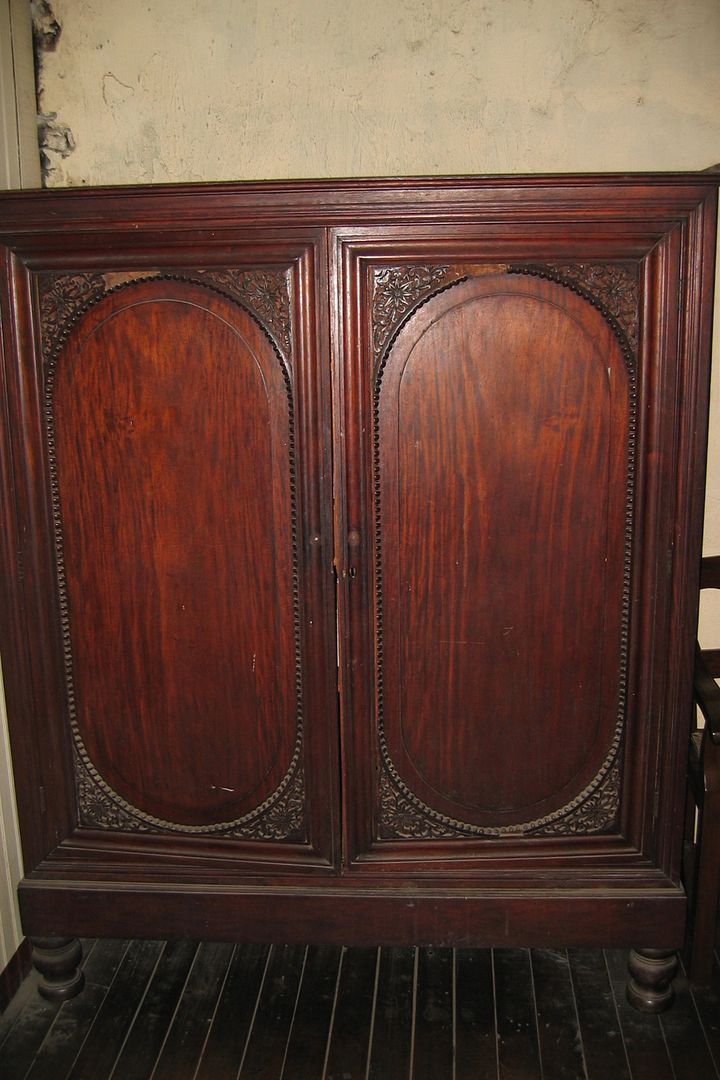
No comments:
Post a Comment